For my final blog I wanted to make sure I covered all the chess vernacular any would-be grand master would need in their beginnings. After this, we will see our first and final Check Check Check out where I aim to break my rating record live for this blog and wrap up the chess journey I’ve so enjoyed taking… at least this leg of it!
Chess terms/vernacular
Castling is the maneuver wherein a king may swap places with either of it’s rooks provided neither has moved yet during the game. While it is certainly a versatile move, because it activates your rook and can often bring your rooks together so that they are then protecting each other, it’s most important purpose is to provide king safety. So much so that most professional players would recommend you castle within your first 7 moves, if not less… A king in the center is more vulnerable to attacks.
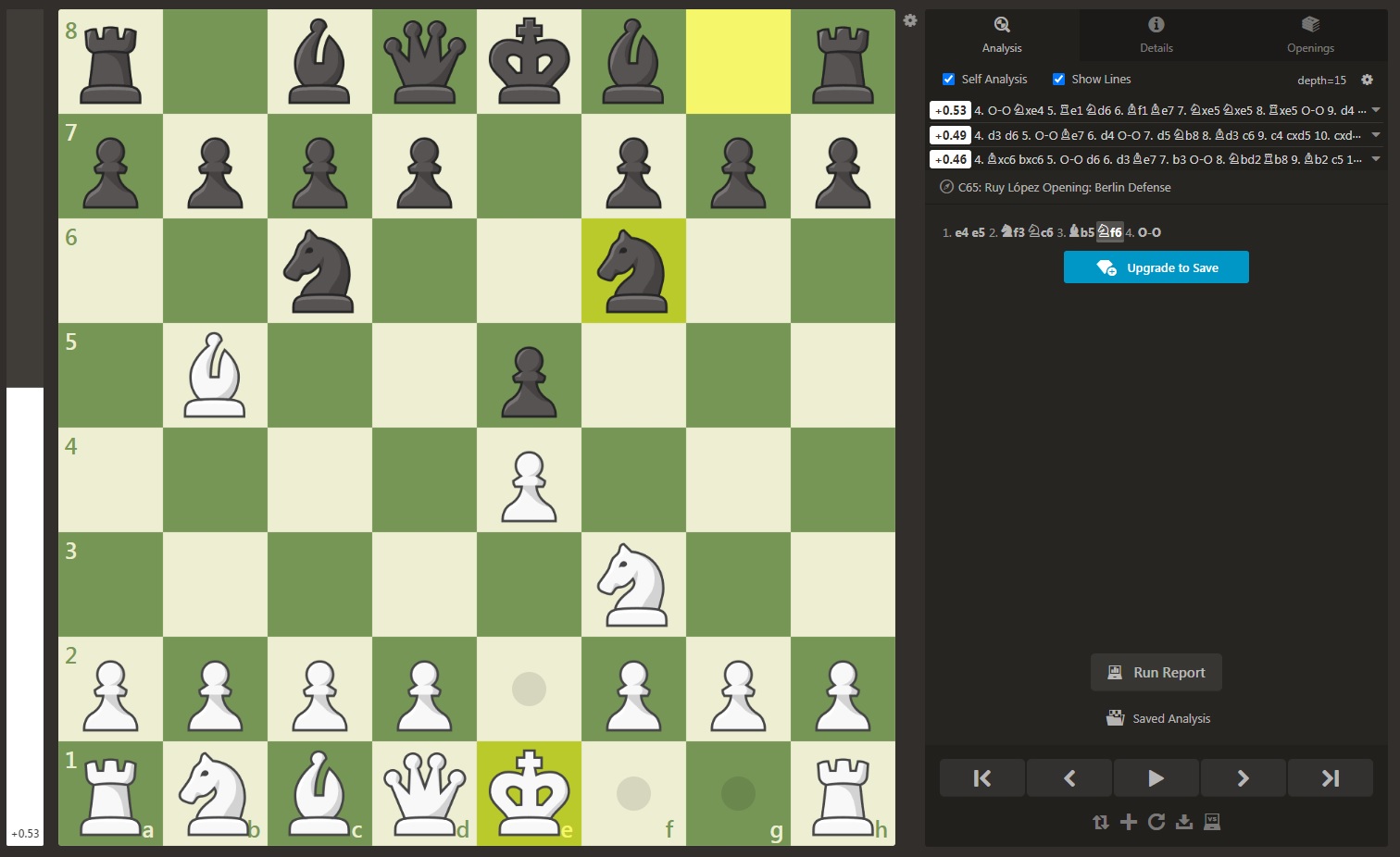
White to move. You can see by the movement dots that white is able to move their king to g1 (castle).
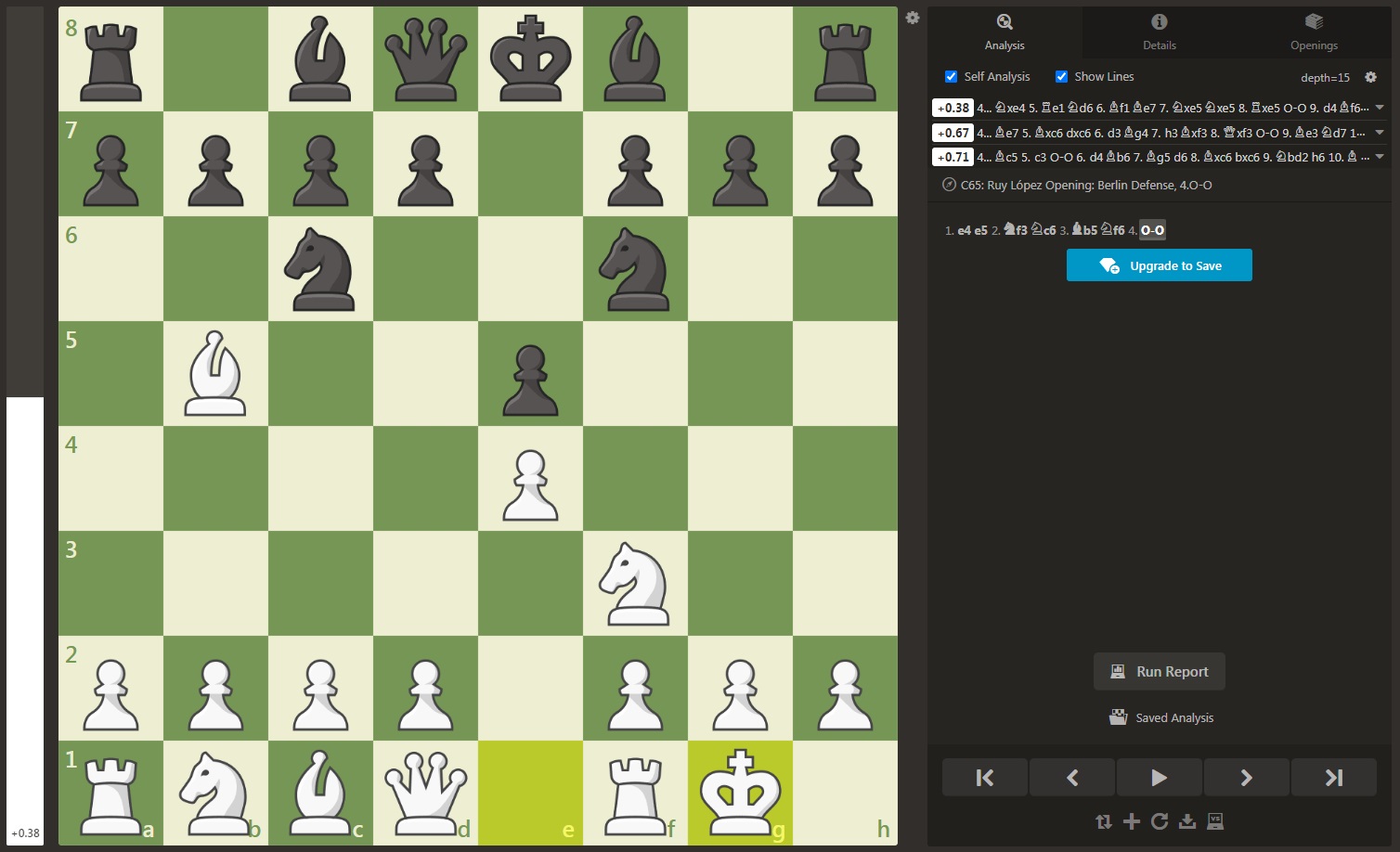
White castles.
A fork is when one piece is attacking two pieces at once. This can be a devastating way to trade one of your minor pieces like a knight, for one of your opponents major pieces like a rook or their queen. This is often accomplished through targeting both the king and another piece so that your opponent, who is in check, is forced to move their king and leave the other piece to crumble. However, a fork can simply target two pieces and accomplish the same goal. If you are forking a rook and a queen, the opponent will likely be forced to save the queen and sacrifice the rook.
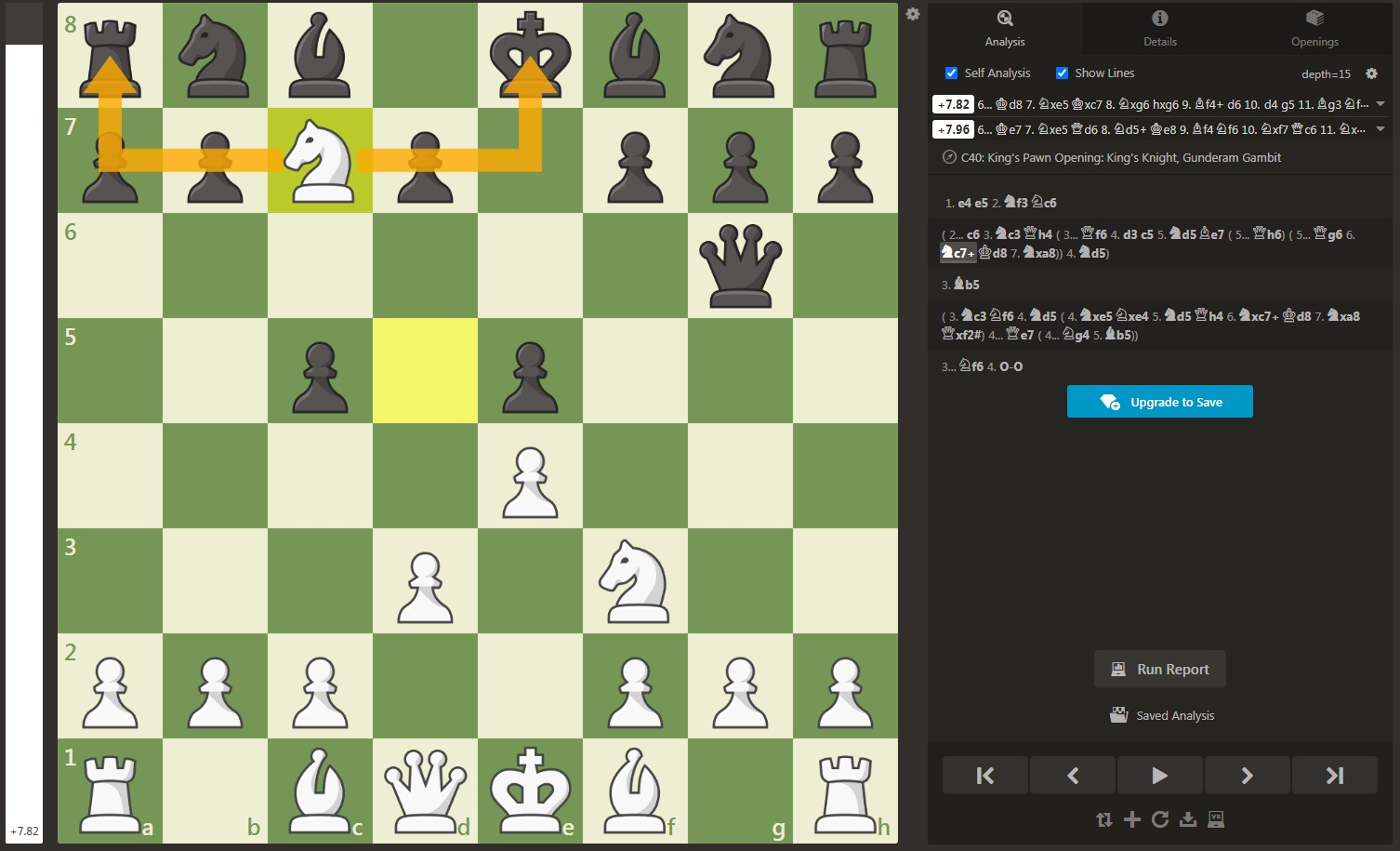
White’s knight forking the king and the rook.
A pin occurs when you are attacking a piece with a major piece behind it. Again, while this can be accomplished on any piece, it is most effective when pinning a piece to your opponents king because then that piece will be literally pinned and unable to move because they would be putting their own king in check. This means that piece cannot move until the piece behind it does, which can leave you in disastrous positions such as the one below where black’s best option is to trade their queen for a lowly bishop.
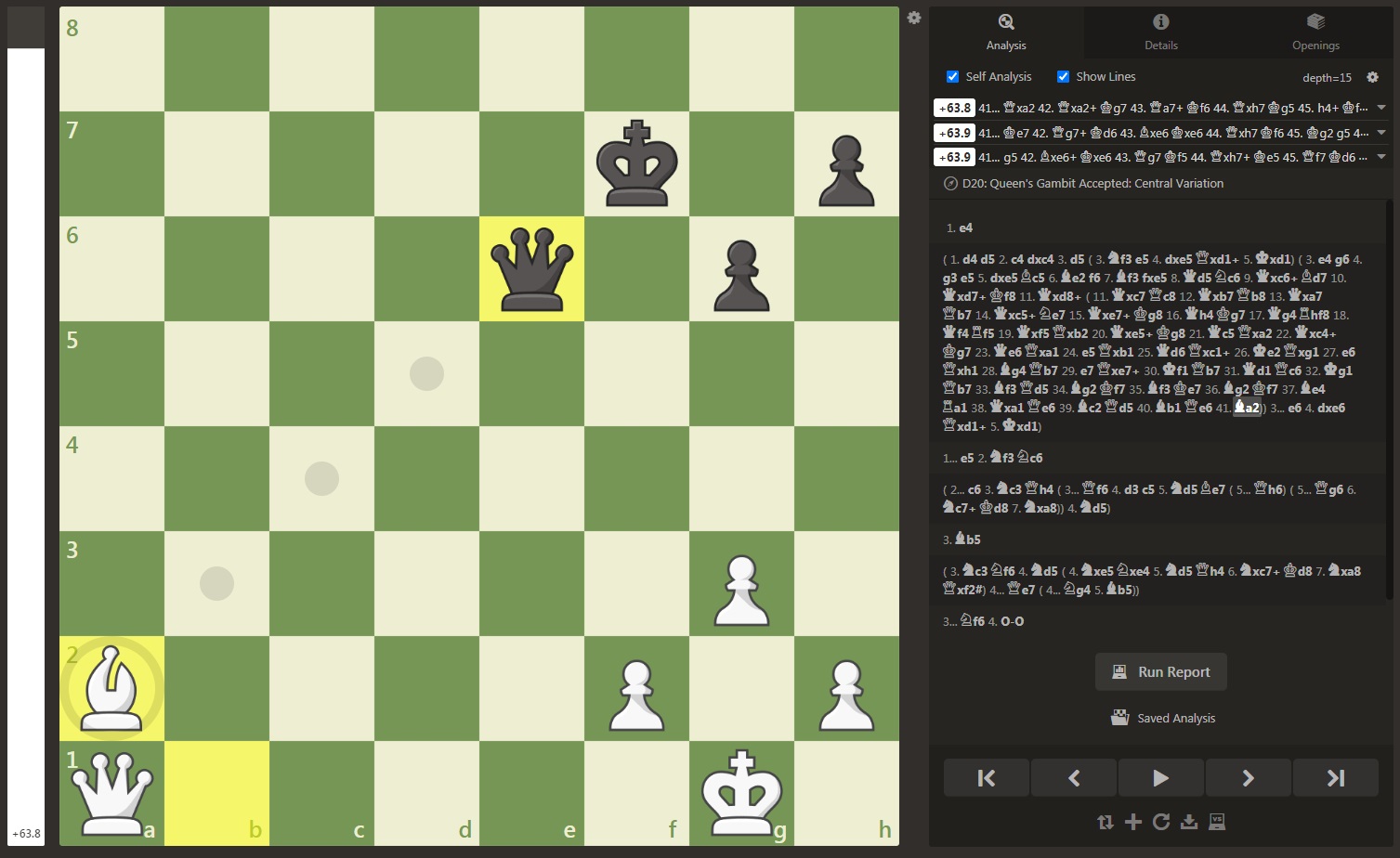
White pinning black’s queen to their king.
Skewers are similar to a pin, but the key difference is that the more valuable piece is the one being directly attacked. As we see below, black’s queen is being forced to flee, sacrificing the rook and leaving white in a winning position. An easy way I like to think of it is like a shish-kabob skewer.
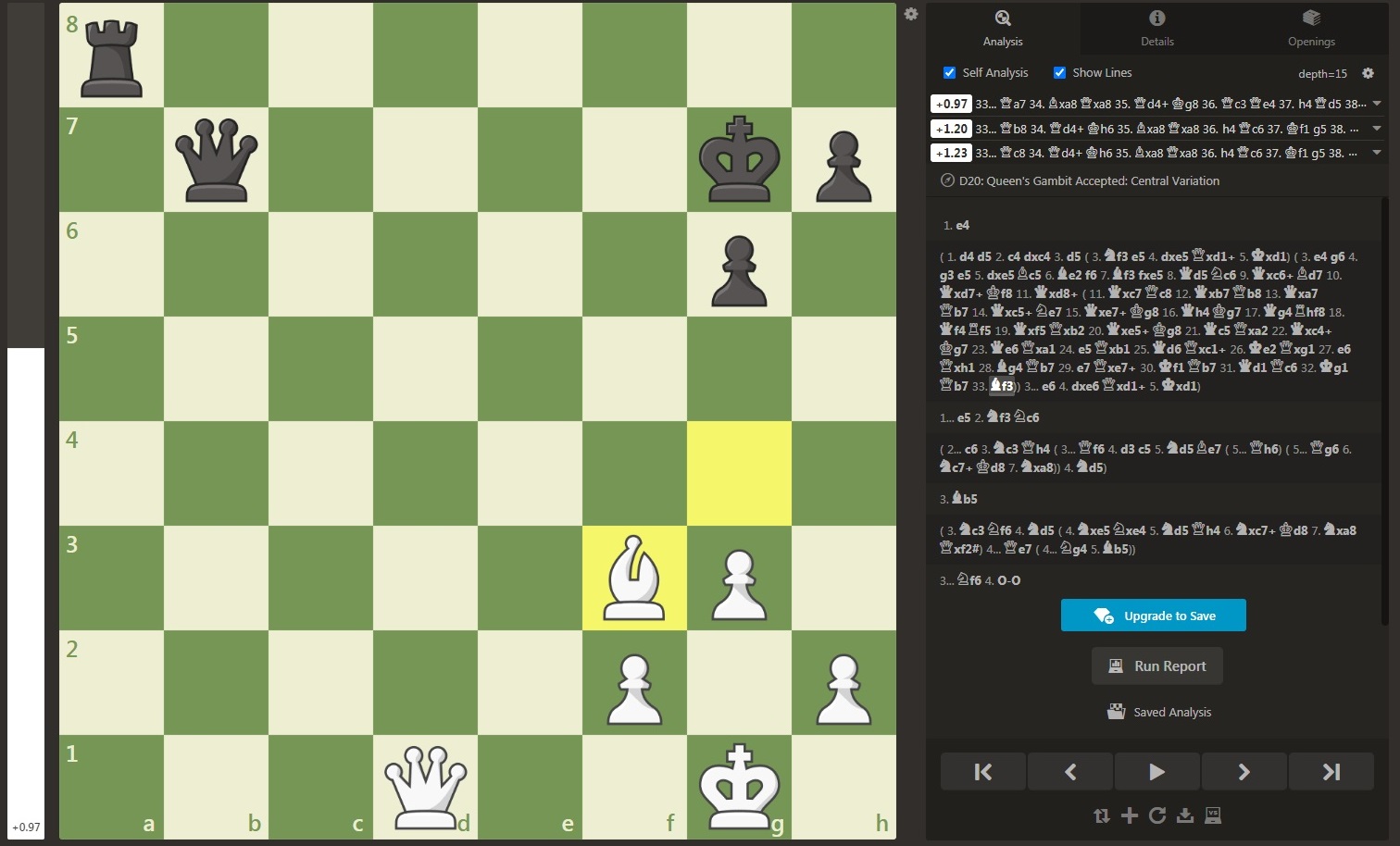
White’s bishop skewers black’s queen and rook.
Gambits are any move that risks a loss for another advantage, often synonymous with sacrifice. The gambit we will be looking at below is oddly titled The Queen’s Gambit; however, it is named after the queen’s pawn, not necessarily the queen itself. In this example white sacrifices their queen’s pawn in order to gain center control and hopeful improve their position as so much so that it is worth being a pawn down (also blacks pawn is in quite a susceptible position so you are typically able to take it back quite easily).
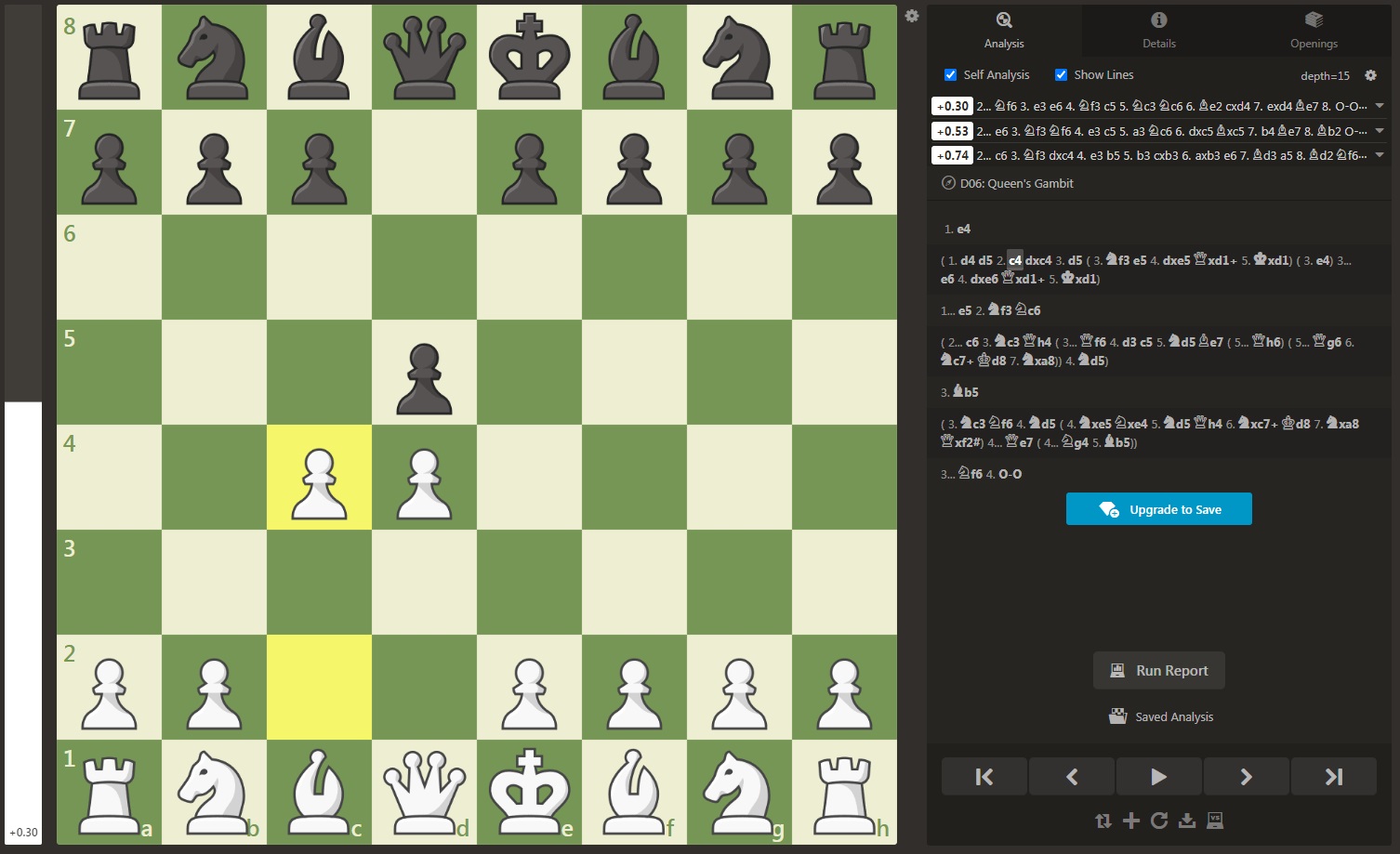
White offers the gambit.

Black accepts and white pushes for center control.
En passant is the maneuver wherein a pawn can take another pawn that has already passed it given it used its two space move and lands adjacent to the attacking pawn. This rule was introduced to limit the quick attacks enabled by the two space pawn rule. This can easily catch a newer player off guard, and can be tricky to remember at any level.
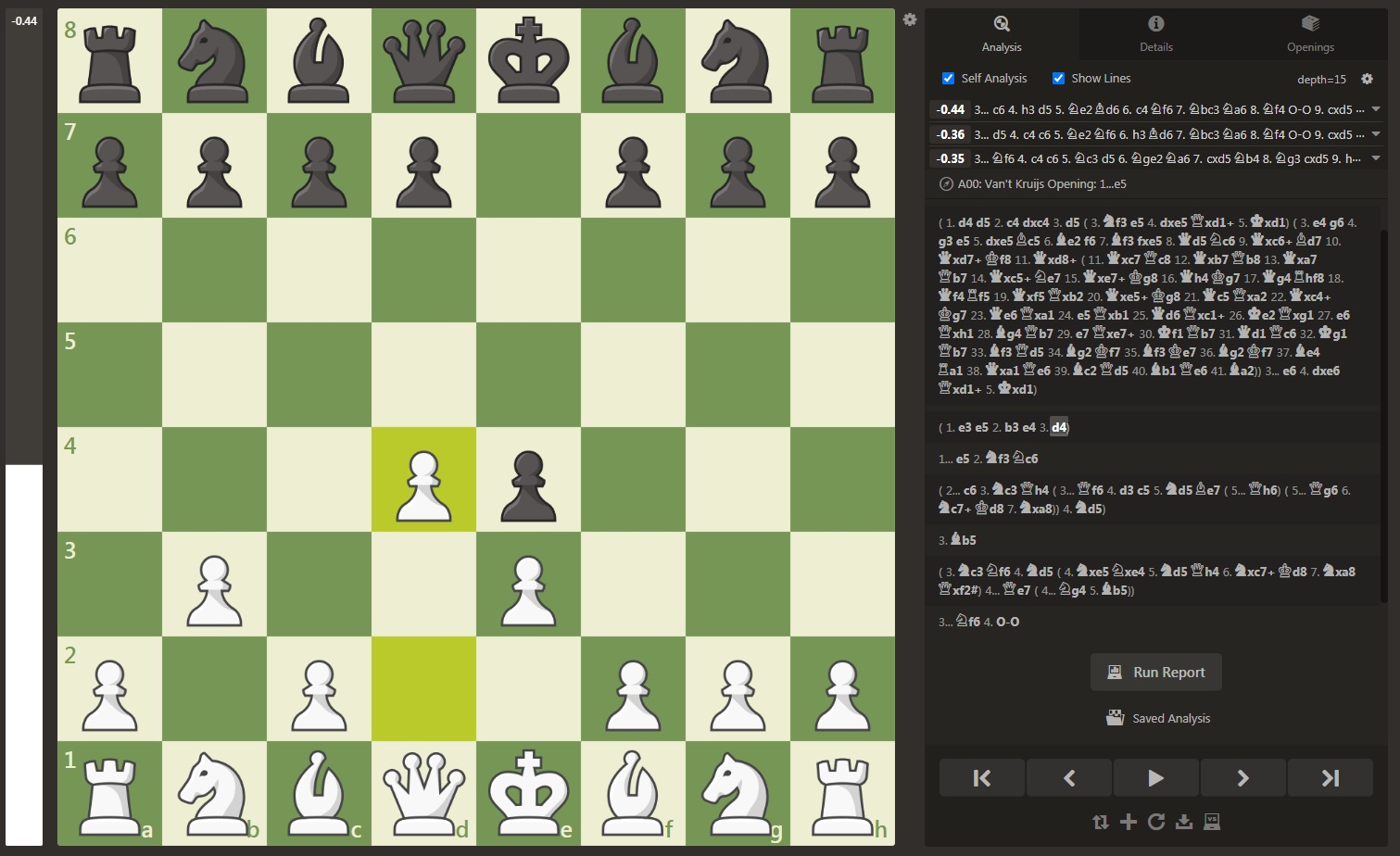
White pushes their pawn two spaces and lands adjacent to black’s pawn.

Black utilizes en passant.
In conclusion I will not stop playing chess anytime soon, I am currently looking at buying some new resources such as books, some memberships to online sources, as well as a physical board for myself that I may setup in my classroom someday! I would love to put out a daily puzzle for my students! I hope you were all able to learn something and maybe explore the world of chess on your own. Please enjoy my final check check check in (out) where I attempt to break a milestone in my chess career!
Check Check Check Out.
Bonus
While getting to 1000 rating was my greatest accomplish during this project, my favorite moment would have to be finally pulled off this (terrible) gambit in a live game! The line involves sacrificing a pawn, another pawn, a knight, and trading a bishop for a pawn in order to isolate the opponents queen and put yourself in a winning position. I put terrible in brackets because an experienced player could defend it easily and be ahead in material, but at my level its a nice gimmick to have in my back pocket! You can play through the moves using the tools at the bottom right of the screen.
Keep your peace of mind and your mind for pieces!
Best, jordan
Leave a Reply
You must be logged in to post a comment.